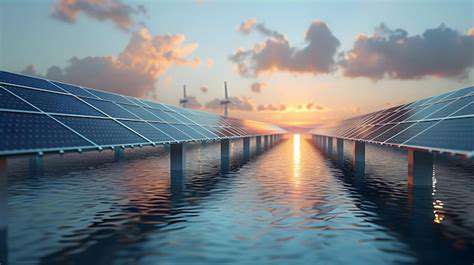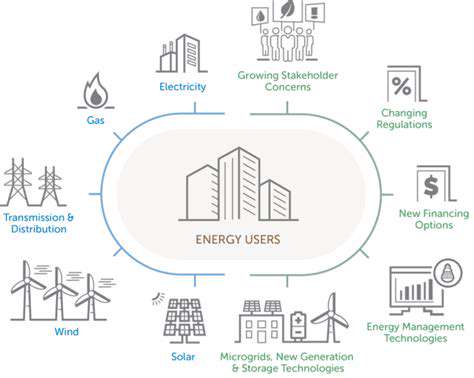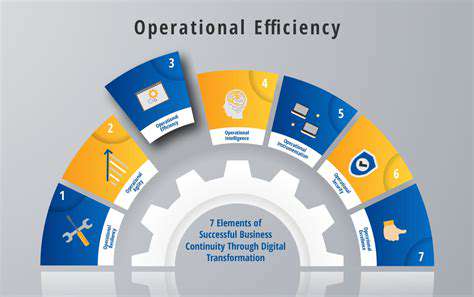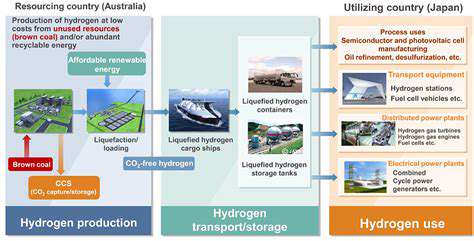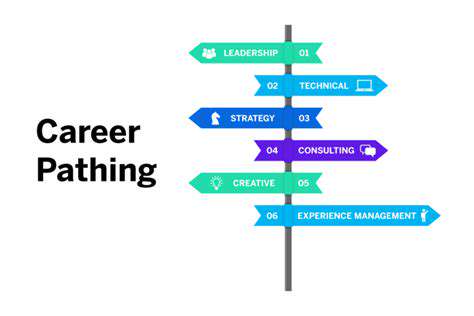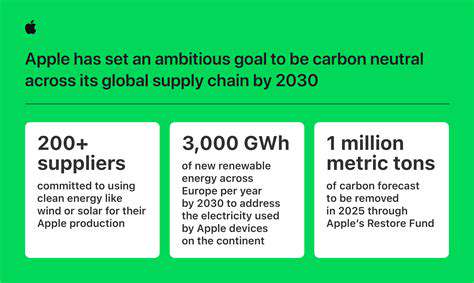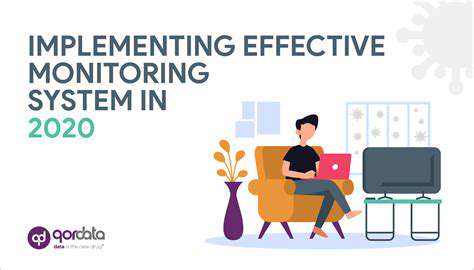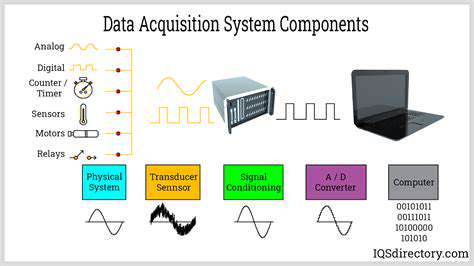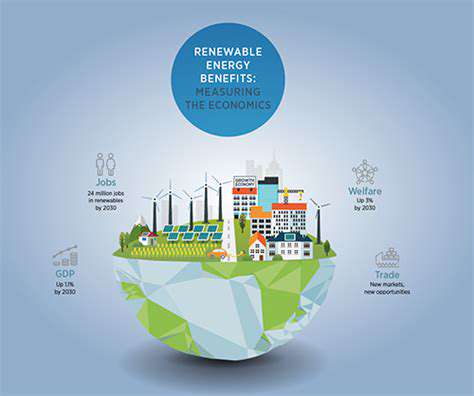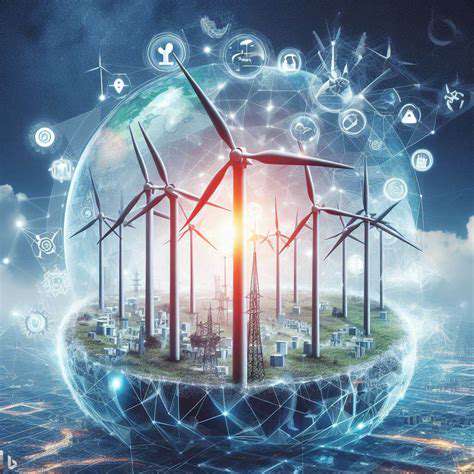Renewable Energy and Global Energy Security
Reducing Reliance on Fossil Fuels
The current global energy landscape is heavily reliant on fossil fuels, creating significant geopolitical vulnerabilities. Countries often find themselves beholden to nations controlling these resources, leading to volatile price fluctuations and potential disruptions to energy supply. Diversifying energy sources, particularly with renewable energy, is crucial to mitigating these risks and fostering energy independence. This shift also paves the way for a more stable and predictable energy future, benefiting both consumers and economies.
Transitioning to renewable energy sources, such as solar and wind power, can lessen reliance on imported fossil fuels, significantly reducing the vulnerability to geopolitical instability and price shocks. This strategic shift towards domestic energy production strengthens national resilience and ensures a more secure energy future.
The Importance of Energy Security
Energy security is paramount for economic stability and national security. A reliable and affordable energy supply underpins industrial production, supports infrastructure development, and protects essential services. Over-reliance on a single or limited number of energy sources leaves nations susceptible to disruptions, impacting economic growth and social well-being. Diversification of energy sources is a critical measure to enhance energy security.
Renewable Energy's Role in Diversification
Renewable energy sources, including solar, wind, hydro, and geothermal, offer a sustainable and diverse alternative to fossil fuels. Their inherent abundance and environmentally friendly nature make them essential components in a diversified energy portfolio. Harnessing these resources not only reduces dependence on volatile global markets but also supports a cleaner and healthier planet for future generations.
Geopolitical Implications of Diversification
Diversifying energy sources can significantly impact international relations. By reducing dependence on specific nations for energy resources, countries can foster more balanced and equitable energy partnerships. This approach can contribute to a more stable global energy market and reduce the potential for geopolitical conflicts arising from energy disputes.
Furthermore, the development and deployment of renewable energy technologies can create new economic opportunities and encourage international cooperation in addressing shared environmental challenges.
Economic Benefits of Renewable Energy
The transition to renewable energy sources presents significant economic opportunities. Investing in renewable energy infrastructure fosters job creation in manufacturing, installation, and maintenance sectors. The reduced reliance on imported fossil fuels can also lead to substantial savings for consumers and governments, bolstering economic stability and growth.
Moreover, the long-term cost savings associated with renewable energy sources outweigh the initial investment costs, ensuring a sustainable and profitable energy future for all.
Technological Advancements and Innovation
Ongoing technological advancements are driving down the costs of renewable energy technologies, making them increasingly competitive with fossil fuels. Innovations in energy storage, grid management, and smart technologies are further enhancing the viability and efficiency of renewable energy systems. These advancements facilitate the integration of renewables into existing energy infrastructure, making diversification a more practical and attainable goal.
Environmental Sustainability and Reduced Emissions
A crucial aspect of diversifying energy sources is the environmental sustainability that comes with it. Renewable energy sources produce significantly lower greenhouse gas emissions compared to fossil fuels, mitigating climate change and its associated risks. The transition to a renewable energy future is not just about energy security; it's about creating a more sustainable and environmentally responsible energy system for the planet.
This shift towards clean energy sources is essential for preserving natural resources and protecting future generations from the adverse impacts of climate change.

Policy Frameworks and Investment Strategies: Fostering the Transition
Policy Incentives for Renewable Energy
Government policies play a crucial role in driving the transition to renewable energy. Incentives such as tax credits, subsidies, and feed-in tariffs can significantly reduce the cost of renewable energy technologies, making them more competitive with fossil fuels. These policies can also create a supportive regulatory environment, encouraging investment and innovation in the renewable energy sector. Furthermore, clear regulatory frameworks can help streamline permitting processes, facilitating the development and deployment of renewable energy projects.
Long-term policy stability is essential for attracting substantial investment. Investors need a predictable regulatory environment to assess risks and make informed decisions. Vague or inconsistent policies can deter long-term commitments to renewable energy projects.
Investment Strategies for Renewable Energy
Strategic investments in renewable energy projects can unlock significant economic opportunities. These investments can encompass various avenues, including direct investments in renewable energy generation facilities, investments in companies specializing in renewable energy technologies, and investments in the supply chains supporting the sector. Understanding the different stages of renewable energy project development, from initial feasibility studies to operational phases, is crucial for developing effective investment strategies.
Diversification across different renewable energy technologies (solar, wind, hydro, geothermal) is a key strategy to mitigate risk. This approach allows investors to capitalize on the growth potential of multiple technologies and adapt to evolving market conditions.
Financial Mechanisms Supporting Renewable Energy Transition
Innovative financial mechanisms are vital for accelerating the renewable energy transition. Green bonds, which channel capital towards projects with environmental benefits, can unlock significant funding for renewable energy infrastructure. Public-private partnerships can leverage the expertise and resources of both sectors to expedite project development and deployment. Furthermore, development of innovative financing instruments tailored to the specific needs of smaller, community-based renewable energy projects can stimulate local economies and foster broader community engagement.
Risk-sharing mechanisms, such as government guarantees or insurance programs, can help attract private investment in high-risk, but potentially high-reward, renewable energy projects.
Technological Advancements and Innovation
Technological advancements are critical for reducing the cost and improving the efficiency of renewable energy technologies. Ongoing research and development in areas such as energy storage, smart grids, and advanced materials can significantly enhance the viability and integration of renewable energy into the existing energy system. Innovation in design, manufacturing, and maintenance of renewable energy technologies is crucial for long-term cost reduction and performance enhancement.
Supporting research and development initiatives through public funding and fostering a culture of innovation within the renewable energy sector will be crucial for achieving the ambitious goals of the transition.
Sustainable Energy Integration and Grid Modernization
Integrating renewable energy sources into existing energy grids requires significant investments in grid modernization. Smart grid technologies, including advanced sensors, communication networks, and control systems, can optimize grid operations and enable seamless integration of variable renewable energy sources. This integration is crucial for ensuring grid stability and reliability as renewable energy sources become a larger part of the energy mix.
Developing strategies to address grid management challenges related to intermittency and variability of renewable energy sources, such as energy storage solutions and advanced grid management software, will be essential for ensuring a reliable and efficient transition.
